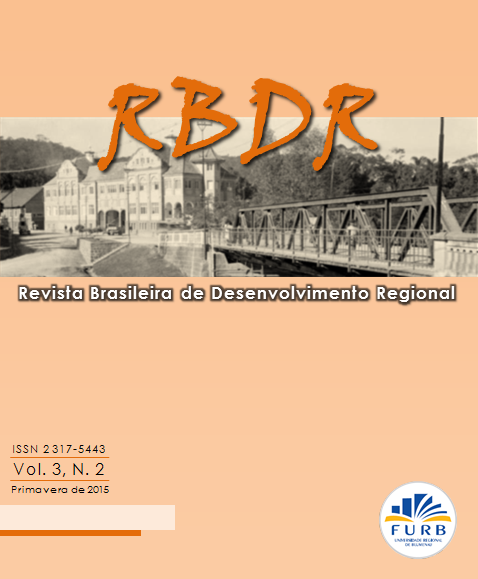The city’s statute and social control of created ground in Goiânia, Brasil
DOI:
https://doi.org/10.7867/2317-5443.2015v3n2p179-196Keywords:
City Statute, created ground, Goiânia, master plan.Abstract
The Soil Created is agreed upon the City’s Statute, its parameters make up the new instruments of a Master Plan. Solo Created, also known as Onerous Grant on the Right to Build (OODC) has as its attribute, be an important resource in the collection within the municipality. The allocation of resources demonstrates its intentions towards the urban development in the city on a sustainable manner. The regulatory norms establish the guidelines of this public policy on occupation and urban sprawl, with its emergence from the foundation stones of the 1988 Federal Constitution and additional regulations by the City’s Statute in 2011. It also has assisted by other specific rules and appropriate tools for the sake of urban territorial growth control and social function of property. The soil is treated as a set of legal regulations of urban land in the city of Goiania, since 1994, before the Statute of the City, based on the implementation of the Master Plan 1991. City planned and built in the 1930s over its 83 years from initial Urban Plan seeks planning as one of the axes of growth and development.
JEL-Code | O18; R14; R52.
Downloads
Downloads
Published
How to Cite
Issue
Section
License
Os direitos autorais para textos publicados na Revista Brasileira de Desenvolvimento Regional são do(a) autor(a) e co-autor(a/es), com direitos de primeira publicação para a revista. Por aparecerem neste periódico de acesso público, os textos são de uso gratuito, com atribuições próprias, em aplicações educacionais e não-comerciais. A RBDR permitirá o uso dos textos publicados para fins não-comerciais, incluindo o direito de envio para bases de dados de acesso público. Os textos publicados são de integral e exclusiva responsabilidade do(a) autor(a) e co-autor(a/es).
• O(a) autor(a) e co-autor(a/es) autoriza(m) a publicação do texto na revista;
• O(a) autor(a) e co-autor(a/es) garante(m) que a contribuição é original e inédita, e que ela não se encontra em avaliação em outra(s) revista(s);
• A revista não se responsabiliza pelas opiniões, ideias e conceitos emitidos nos textos, por serem de inteira responsabilidade do(a) autor(a) e co-autor(a/es);
• É reservado aos editores o direito de promover ajustes textuais e de adequação do texto às normas de publicação;
• O(a) autor(a) e co-autor(a/es) declaram que o texto não é objeto de quaisquer conflitos de interesse.





